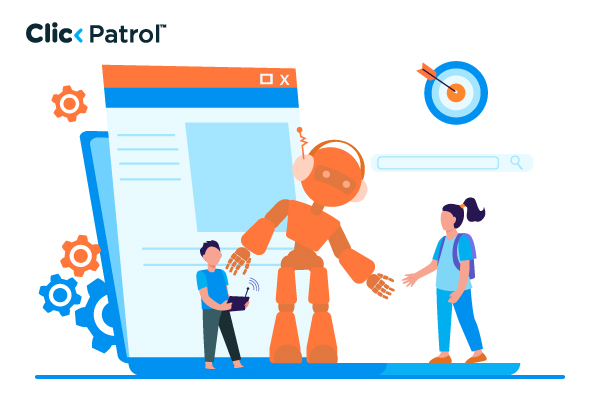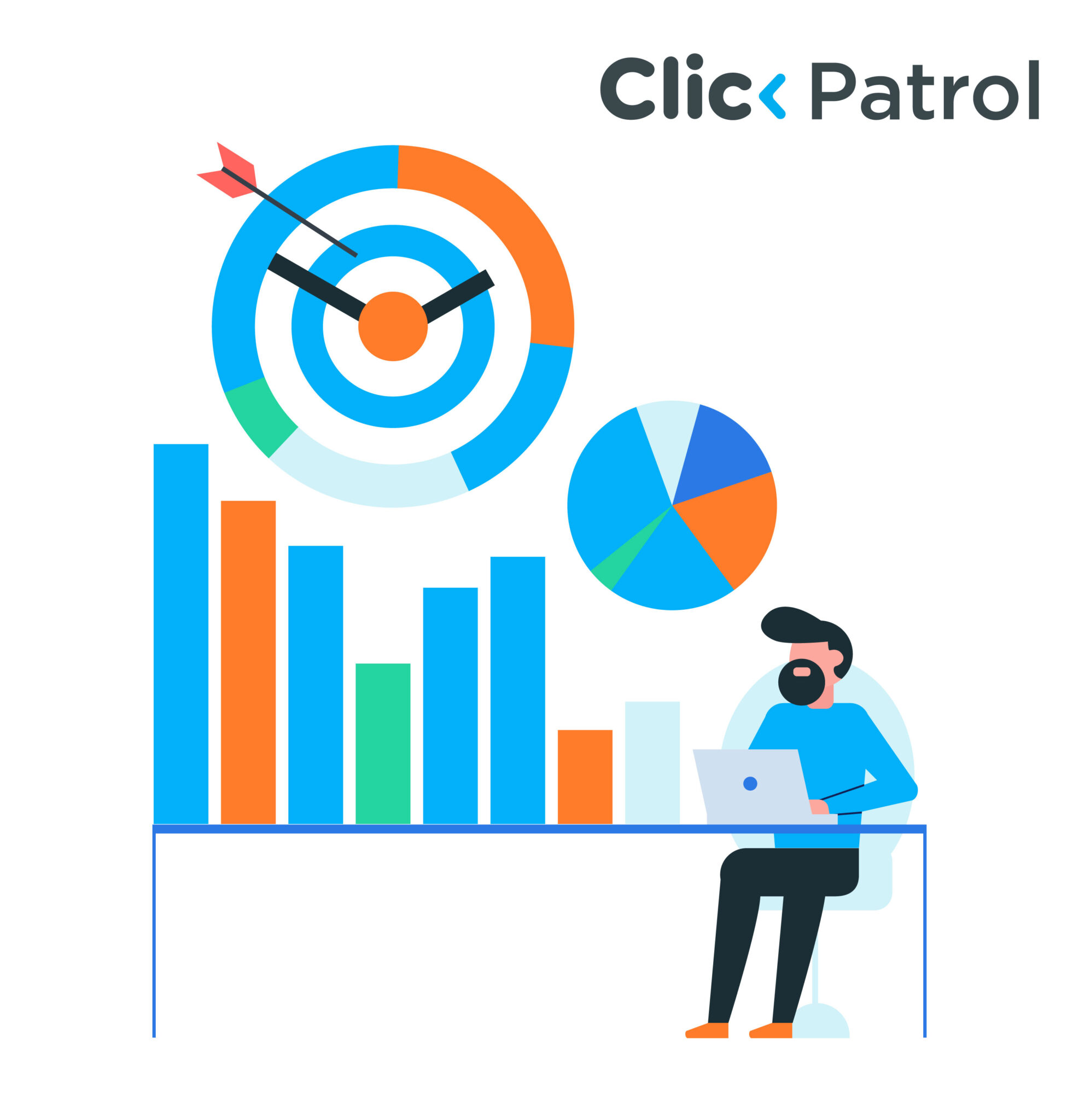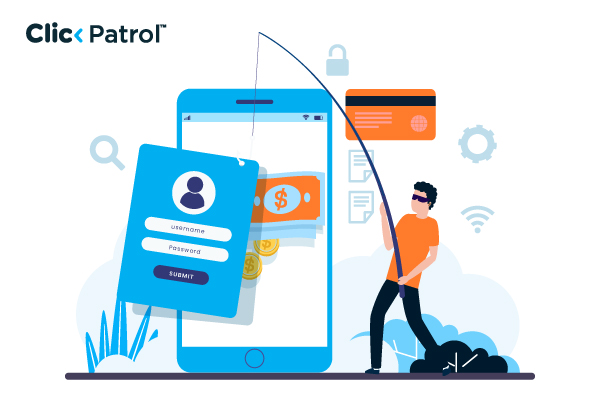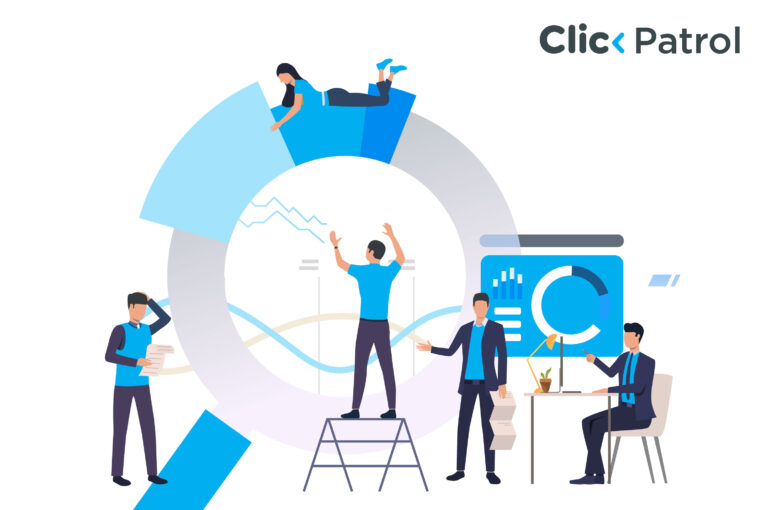
Organic media strategy: How to build trust and long-term growth without paid Ads
Abisola Tanzako | Aug 27, 2025

Table of Contents
- What is organic media in digital marketing?
- Top platforms to maximize organic media reach
- Organic media vs. paid media
- How to measure organic media ROI
- How to build an effective organic media strategy
- Challenges of organic media
- Combining organic and paid media
- Organic media is a long game worth playing
- FAQs
Organic traffic drives 53% of all website traffic and converts 10X better than paid traffic (BrightEdge, 2024).
While paid advertising might instantly get your brand in front of eyeballs, organic media earns lasting trust, loyalty, and advocacy.
Organic media refers to unpaid marketing efforts that naturally attract engagement, attention, and visibility across digital platforms.
Think of a viral Instagram post, a valuable blog article that ranks on Google, or word-of-mouth buzz that spreads through comments and shares.
These actions incur no ad spend but can deliver powerful, long-term ROI. This guide explains what organic media is, its key platforms, strategy tips, and challenges marketers face.
What is organic media in digital marketing?
Organic media refers to all content and interactions that occur without direct payment for visibility.
This includes social media posts, blog articles, SEO-optimized website content, email newsletters, and customer-generated content, such as reviews and testimonials.
In contrast to paid media (such as Google Ads or sponsored posts), organic media relies on relevance, value, and authenticity to effectively reach an audience.
If your organic content resonates, users will find it, engage with it, and share it, helping it spread naturally.
Key examples of organic media include:
- Instagram posts that go viral without being boosted
- Blog posts that rank on search engines through SEO
- Organic YouTube videos that generate views over time
- Tweets that spark conversation and retweets
- User-generated content like reviews or testimonials
Top platforms to maximize organic media reach
You need to know where it lives to execute an effective organic media strategy.
Organic media encompasses various digital channels, each with its own strengths and engagement styles.
1. Social media platforms: Organic social media is the heartbeat of most brands’ online presence.
Platforms like Instagram, TikTok, LinkedIn, Facebook, and X (Twitter) allow brands to:
- Build community through consistent, relatable posts
- Spark conversation and dialogue in comments and DMs
- Use trending topics or hashtags to increase visibility
- Collaborate with users and influencers for user-generated content
2. Blogs and SEO content: Organic blog content is a long-term asset that drives traffic through search engine optimization (SEO).
When written well, blogs:
- Answer common questions in your niche
- Attract backlinks and domain authority
- Keep visitors on your site longer
- Position your brand as a thought leader
3. Email newsletters: While email requires an audience, it is still an organic channel that fosters trust and engagement.
Newsletters are powerful because they:
- Speak directly to a warm audience
- Share curated content, insights, and promotions
- Drive consistent website traffic and conversions
- Encourage loyal followers and subscribers
4. YouTube and video content: YouTube is a search engine in its own right.
Posting consistent, value-packed video content:
- Increases your brand’s visibility and discoverability
- Establishes authority in your space
- Helps content rank organically in both YouTube and Google search
Educational tutorials, behind-the-scenes clips, and thought leadership videos can generate organic traffic months or even years after publication.
Organic media vs. paid media
The main difference between organic and paid media lies in cost and control. Organic media is free and includes posts, blogs, or videos that people naturally find and engage with.
It usually takes time to build momentum, but it can have a long-lasting effect. It is often perceived as more trustworthy because it is not promoted through advertisements.
However, growth is slow and depends on consistent content and engagement. Paid media, by contrast, requires a budget. It includes ads on platforms like Google, Facebook, or Instagram.
Results are immediate when you pay, and your content gets seen. But once the money stops, so does the visibility.
It’s driven by how well you target your audience and how much you spend, but it can be seen as less genuine.
How to measure organic media ROI
They include:
1. Set clear goals: Decide what you want to achieve with your organic media, such as:
- Website traffic
- Lead generation
- Conversions (e.g., sales, form submissions)
- Social engagement
2. Assign a monetary value to results: Estimate the worth of each action.
This helps turn performance into actual figures. For example:
- A lead = $1,000
- A sale = average purchase value
- A sign-up = $500
3. Track performance: Use tools to monitor key metrics:
- Google Analytics: organic traffic, conversions, bounce rate
- Search console: keyword performance
- Social insights: clicks, shares, comments
4. Add up the costs: Total Cost = Time + Tools + Talent. Include:
- Time spent
- Salaries or freelance fees
- Software subscriptions (SEO tools, schedulers)
5. Calculate ROI: Use this formula:
ROI (%) = [(Revenue – Cost) / Cost] × 100
Example:
Revenue from organic = $150,000
Cost = $50,000
ROI = [(150,000 – 50,000) / 50,000] × 100 = 200%
6. Review over time: Organic efforts take time. Track performance on a monthly or quarterly basis to see the real impact.
7. Include assisted conversions: Use Google Analytics to track cases where organic traffic influenced a sale that occurred later, even if it did not convert on the initial visit.
How to build an effective organic media strategy
Organic media requires patience, planning, and consistency.
Here’s how to do it effectively:
1. Know your audience: Start by identifying:
- Who your audience is
- What platforms do they use
- What content do they engage with
2. Set clear goals: What do you want to achieve?
- Brand awareness?
- Email signups?
- Website traffic?
- Community building?
3. Create valuable, relevant content: Content is the engine of organic media. Focus on:
- Solving problems your audience cares about
- Answering real questions
- Using a tone that’s authentic, not salesy
- Consistency: Post regularly on chosen platforms
4. Optimize for search and platform algorithms: Whether it’s SEO for Google or hashtags for Instagram, optimize your content to increase discoverability across various platforms.
This includes:
- Using target keywords naturally
- Writing compelling headlines and captions
- Adding meta descriptions, alt tags, and links
5. Engage with your audience: Organic content does not live in isolation. Actively:
- Respond to comments and DMs
- Ask questions in captions
- Join relevant conversations
- Share user content and tag contributors
6. Analyze and adjust: Use tools like Google Analytics, social insights, and email metrics to track:
- Traffic sources
- Click-through rates
- Social engagement
- Subscriber growth
Challenges of organic media
Despite its benefits, organic media is not without challenges:
- Time-intensive: Building trust and reach organically takes time and effort.
- Algorithm dependence: Platforms like Instagram and TikTok frequently change how content is prioritized.
- Slow ROI: It may take months to see measurable results from blog content or organic YouTube videos.
- Harder to scale: Without automation or ad spend, organic growth can plateau without strategy refinement.
Combining organic and paid media
The most effective digital marketing strategies blend organic and paid media.
Paid media provides speed and reach. Organic media provides depth and trust.
Together, they form a powerful flywheel:
- Use paid ads to amplify high-performing organic content
- Use organic insights to inform paid targeting
- Build audience lists organically, then retarget them with ads
- Promote organically first, then boost top-performing posts
Organic media is a long game worth playing
In a world where consumer attention is bought and sold, organic media is how brands earn loyalty rather than rent it. It is slower and more challenging, but it is also more meaningful and enduring.
An Instagram reel that makes someone feel seen. A blog post that helps someone solve a problem. A reply to a comment that builds community. These actions cost nothing but create value that paid ads cannot replicate.
If you want your brand to connect, convert, and last, organic media must be at the heart of your digital strategy.
FAQs
Q. 1 What is organic media vs. earned media?
Organic media refers to content you create and share on your platforms without paying to promote it.
Earned media, on the other hand, occurs when others voluntarily discuss or feature your brand, such as through press coverage or customer reviews.
Q. 2 How long does it take for organic media to show results?
Organic media typically takes 3 to 6 months to show significant results, especially for SEO-driven content.
However, viral social posts can occasionally deliver fast results.
Q. 3 Can organic media replace paid advertising?
Not entirely. Organic media fosters trust and community, while paid media offers reach and scale.
The two should complement each other in a balanced strategy.
Q. 4 What is the most effective type of organic media?
That depends on your audience and niche. For B2B, blogs and LinkedIn posts are often the most effective.
For B2C, platforms like Instagram, TikTok, and YouTube can yield strong engagement.





